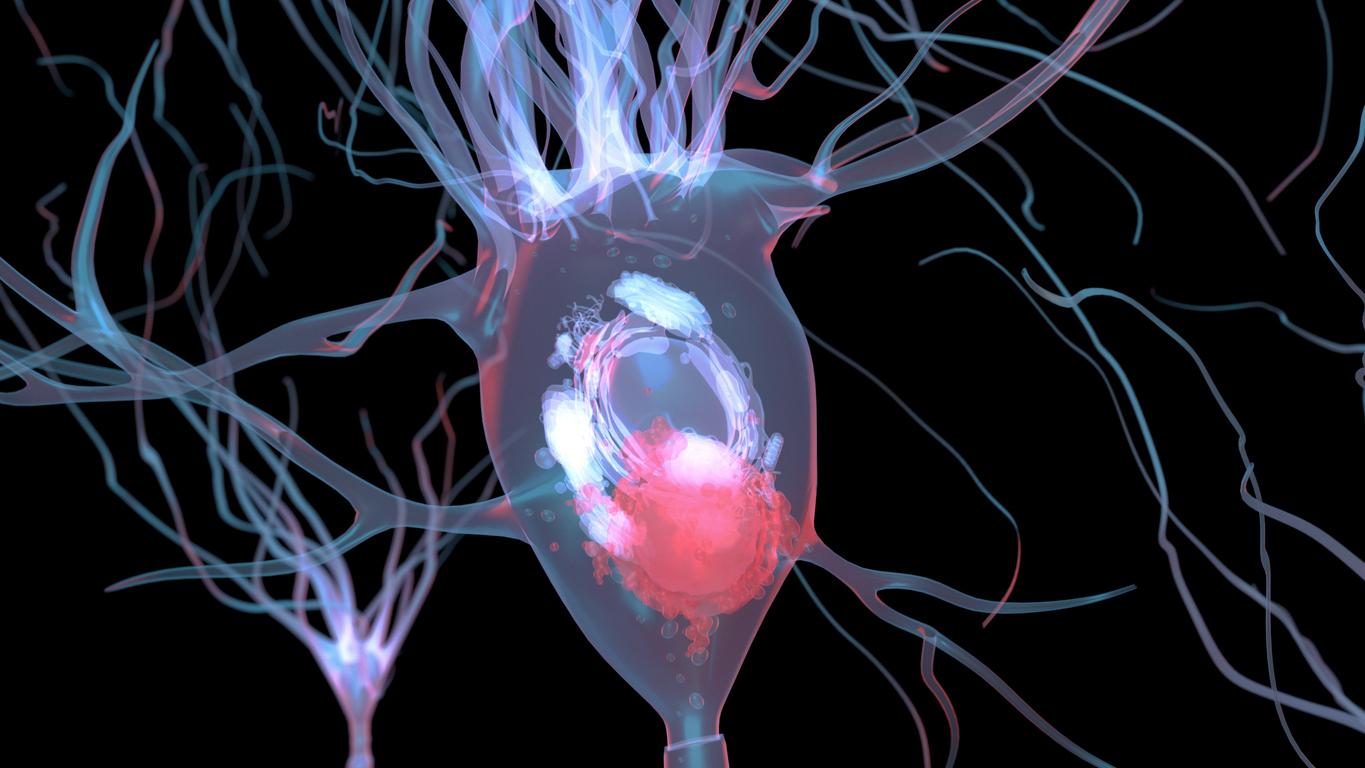Results again support the theory that Parkinson’s disease may begin in the gut.

Parkinson’s disease is associated with damage to the brain, but it could actually start in the intestine, according to a new study. Much data already points in this direction.
Here, researchers observed lower rates of the disease in patients who had undergone a procedure called a “vagotomy.” Proposed in case of peptic ulcer, the vagotomy is the complete or selective surgical section of the pneumogastric nerve, or vagus nerve, at the level of the abdomen. This nerve connects the digestive tract to the brain.
gastrointestinal problems
Five years after the operation, patients whose nerve was completely removed were 40% less likely to develop Parkinson’s disease than those who did not. “These results again support the theory that Parkinson’s disease can start in the gut,” says the study director. “Another argument in this direction: people with Parkinson’s disease often have gastrointestinal problems such as constipation, which can start decades before they develop the disease,” he adds.
His team compared 9,430 people who had a vagotomy with 377,200 people in the general population who had not. The likelihood of people in these two groups developing Parkinson’s disease was statistically similar at first, until the researchers looked at the type of vagotomy that had been performed.
Parkinson’s disease is the neurological disease that has increased the most
A total of 19 people (only 0.78% of the sample) developed Parkinson’s disease more than five years after truncal (full) vagotomy, compared to 60 people (1.08%) who underwent selective vagotomy . Compared to the 3,932 (1.15%) people who did not have surgery and who developed Parkinson’s disease after being monitored for at least five years, and it seems clear that the vagus nerve plays some role in the development of pathology.
In France, Parkinson’s disease is the neurological disease that has increased the most between 1990 and 2015: the number of its victims has doubled. At the end of 2015, the number of Parkinson’s patients treated was around 160,000, with around 25,000 new cases per year. 17% of new cases were under the age of 65. By 2030, the number of Parkinson’s patients will have increased by 56% compared to 2015, with one person affected in 120 among those aged over 45.
Three major symptoms of the disease
The first criterion for making the diagnosis of Parkinson’s disease is the presence of at least two of the three major symptoms of the disease: slowness in initiating movements (akinesia), specific muscle stiffness and tremor at rest. The fact that the symptoms manifest themselves mostly on one side of the body is quite characteristic (we speak of asymmetric manifestations). Other manifestations may appear: fatigue, apathy or motor disorders.*
Source:France Parkinson.

.

















